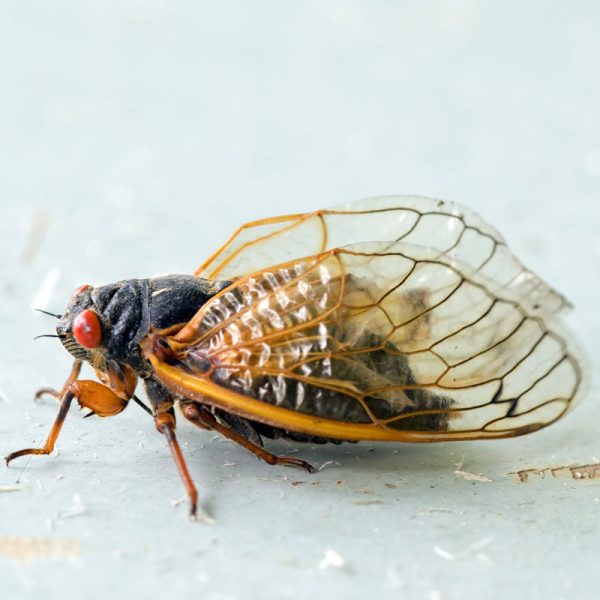

Cat Scratch Fever
The bacterium bartonella henselae
Cat scratch fever, or cat scratch disease (CSD), is a bacterial infection caused by Bartonella henselae. This disease is most commonly transmitted from infected cats to humans by way of biting or scratching, although it can also spread from the saliva of an infected cat getting into an open wound on your body.
“Bartonella henselae is the actual bacteria causing cat scratch fever,” said Dr. Audrey Cook, associate professor at the Texas A&M College of Veterinary Medicine & Biomedical Sciences. “This is a bacterium that likes to live inside red blood cells and is very hard to culture using usual methods.”
It is difficult to tell whether your cat is a carrier of Bartonella henselae, as the cats themselves do not show any signs of illness from the bacteria. Regardless, a large percentage of cats carry this bacterium at some point in their lives, most commonly when they are kittens.
“As the bacterium is adapted to live in cats, they do not become ill, but can harbor the infection for prolonged periods,” said Dr. Cook. “It is usually spread from cat to cat by fleas, and though other insect vectors may play a role, fleas seem to be the most important vector.”
Cat scratch fever is usually not a serious illness in people with normal immune systems, and generally resolves on its own without specific treatment. Your doctor may perform a physical examination or blood test to determine whether you’ve been infected, and antibiotics may be prescribed if necessary.
“Clinical disease is very variable, and depends on the immune system of the person,” said Dr. Cook. “People are vulnerable to problems if they are on immunosuppressive drugs, have cancer, AIDS or are on chemotherapy.”
Some symptoms you can expect with cat scratch fever may include swollen lymph nodes, chills, vomiting, fever and fatigue. The best way to prevent cat scratch disease is to avoid situations in which you might be bitten or scratched by a cat. Don't play roughly with a cat, and don't force your attentions on a cat that clearly does not welcome them. It is also important not to allow a cat to lick an open sore or scratch on your skin.
If you are bitten or scratched by a cat, wash the affected area well with soap and water and contact your healthcare provider. Even if the cat is not carrying Bartonella, a cat bite injury can cause major problems and prompt treatment is necessary. In addition to avoiding rough play, keeping your cats indoors as well as administering anti-flea medication can help reduce the risk of them contracting Bartonella henselae, which in turn lowers your chance of catching cat scratch fever.
About Pet Talk
Pet Talk is a service of the College of Veterinary Medicine & Biomedical Sciences, Texas A&M University. Stories can be viewed on the Web at vetmed.tamu.edu/pet-
Suggestions for future topics may be directed to editor@cvm.tamu.edu.
Join the newsletter and never miss out on cat content again!
"*" indicates required fields
By clicking the arrow, you agree to our web Terms of Use and Privacy & Cookie Policy. Easy unsubscribe links are provided in every email.










